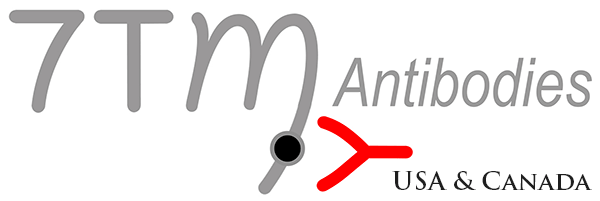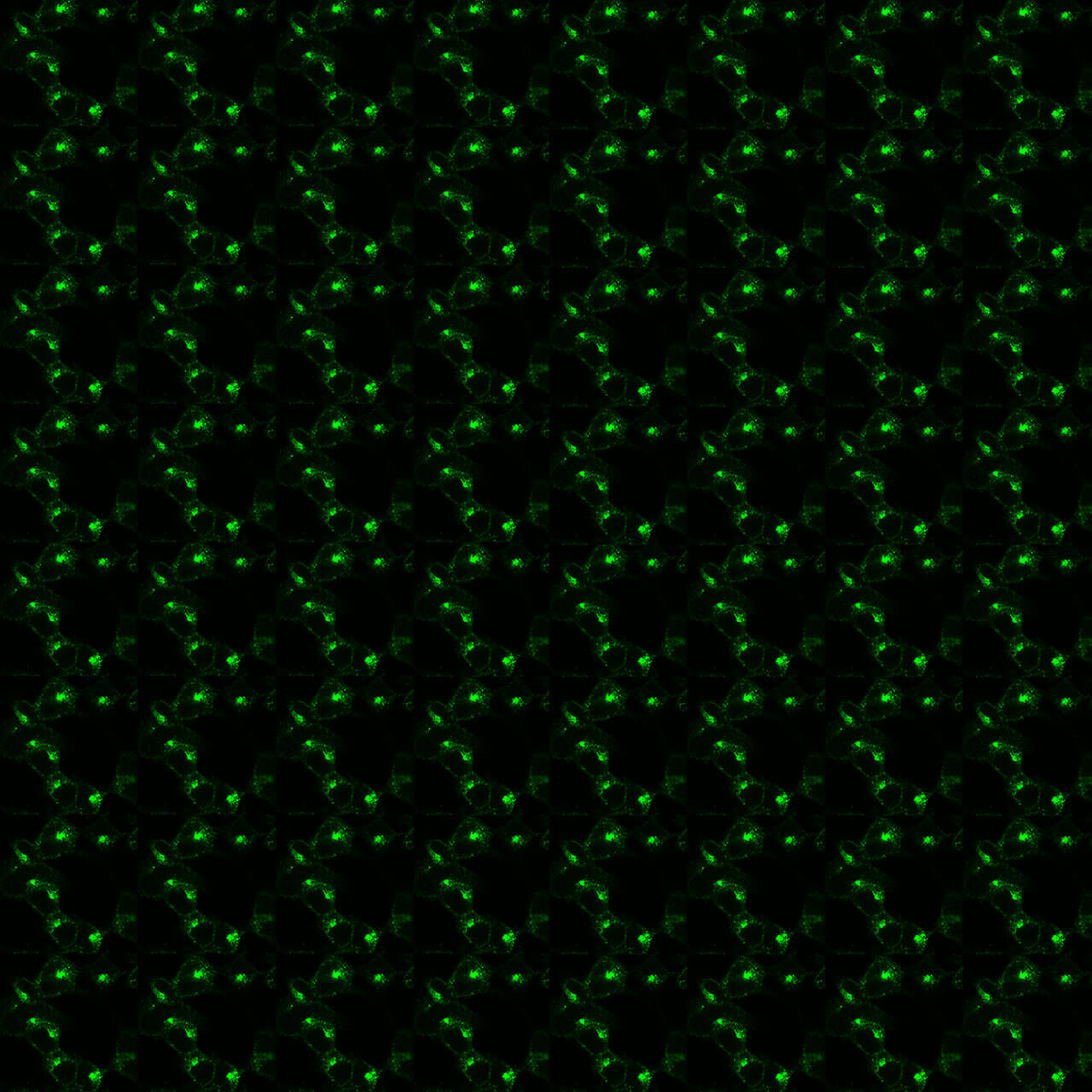CX3C Chemokine Receptor 1 Antibodies

The human CXC3R1 is the prototypic neutrophil chemotactic receptor. It can be activated by the CX3C chemokine fractalkine (CX3CL1). CX3CR1-CX3CL1 signaling exerts distinct functions in different tissue compartments, such as immune response, inflammation, cell adhesion and chemotaxis. CXC3R1 is responsible for the recruitment of natural killer (NK) cells to inflamed tissues. It acts as a regulator of inflammation process leading to atherogenesis by mediating macrophage and monocyte recruitment to inflamed atherosclerotic plaques. CXC3R1 is involved in airway inflammation by promoting interleukin 2-producing T helper (Th2) cell survival in inflamed lung. It also plays a key role in brain microglia by regulating inflammatory response in the central nervous system (CNS) and regulating synapse maturation. During postnatal development, CXC3R1 is involved in synaptic pruning, a natural process during which brain microglia eliminates extra synapses. CX3CR1 receptor desensitization, β-arrestin recruitment and internalization are regulated by phosphorylation of carboxyl-terminal serine327/serine329 (pS327/p329-CX3CR1) and serine339/serine340 (pS339/pS340-CX3CR1). This nomenclature refers to the human CX3CR1 but is conserved in mice and rats. For more information on CX3CR1 pharmacology please refer to the IUPHAR database. For more information on CX3CR1 pharmacology please refer to the IUPHAR database. For further reading refer to:
Bachelerie F, Ben-Baruch A, Burkhardt AM, Combadiere C, Farber JM, Graham GJ, Horuk R, Sparre-Ulrich AH, Locati M, Luster AD, Mantovani A, Matsushima K, Murphy PM, Nibbs R, Nomiyama H, Power CA, Proudfoot AE, Rosenkilde MM, Rot A, Sozzani S, Thelen M, Yoshie O, Zlotnik A. International Union of Basic and Clinical Pharmacology. LXXXIX. Update on the extended family of chemokine receptors and introducing a new nomenclature for atypical chemokine receptors. Pharmacol Rev. 2013 Nov 11;66(1):1-79. doi: 10.1124/pr.113.007724. Print 2014. Review. Erratum in: Pharmacol Rev. 2014 Apr;66(2):467. PubMed PMID: 24218476; PubMed Central PMCID: PMC3880466.
 pS339/pS340-CX3CR1 (phospho-CX3CR1 Chemokine...
pS339/pS340-CX3CR1 (phospho-CX3CR1 Chemokine...  pS327/pS329-CX3CR1 (phospho-CX3CR1 Chemokine...
pS327/pS329-CX3CR1 (phospho-CX3CR1 Chemokine...  CX3CR1 (non-phospho), CX3C Chemokine Receptor 1...
CX3CR1 (non-phospho), CX3C Chemokine Receptor 1... 

